- Home
- Furnishings Appliances Hospitality
- Breakroom Food Service Disposables
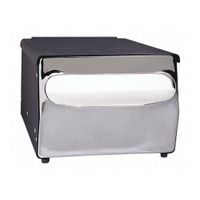
Dispensers for Food Service Disposables
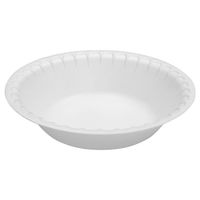
Disposable Bowls
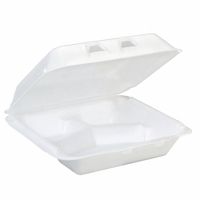
Disposable Carry-Out Containers & Lids
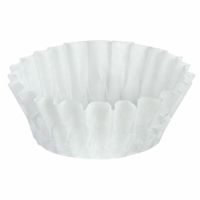
Disposable Coffee Filters
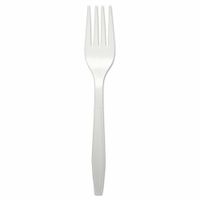
Disposable Cutlery
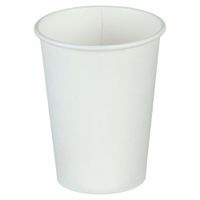
Disposable Drinking Cups & Sleeves
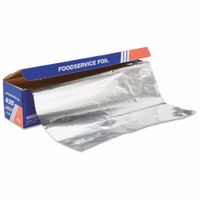
Disposable Food Wrap, Dispensers & Safety Labeling
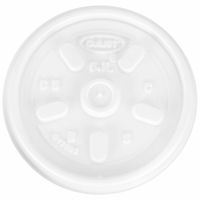
Disposable Lids for Drinking Cups
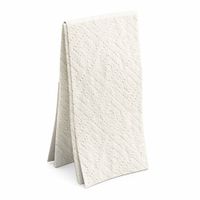
Disposable Napkins

Disposable Placemats, Tray & Table Covers
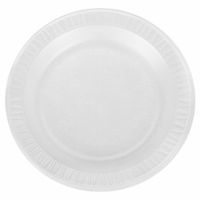
Disposable Plates
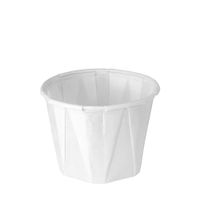
Disposable Portion & Dessert Cups
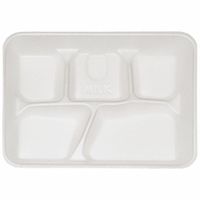
Disposables for Serving & Heated Cart Systems
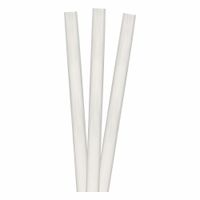
Straws, Toothpicks & Stirrers
Frequently Asked Questions
What are breakroom and food service disposables?
Why use disposable products instead of reusable ones?
What are the environmental impacts of using disposables?
How do disposables help in reducing the spread of germs?
What types of disposables are commonly used in breakrooms?
Are there eco-friendly options for disposables?
How do dispensers work for organizing disposables?
What are the cost benefits of using disposables over reusables?
How should disposables be disposed of properly?
Can disposables be recycled or composted?